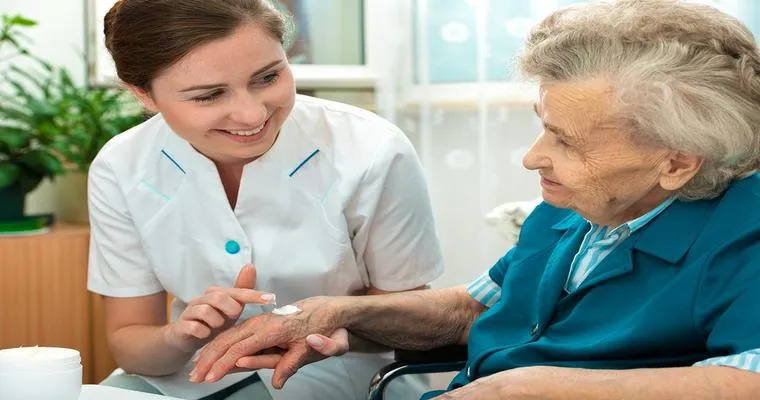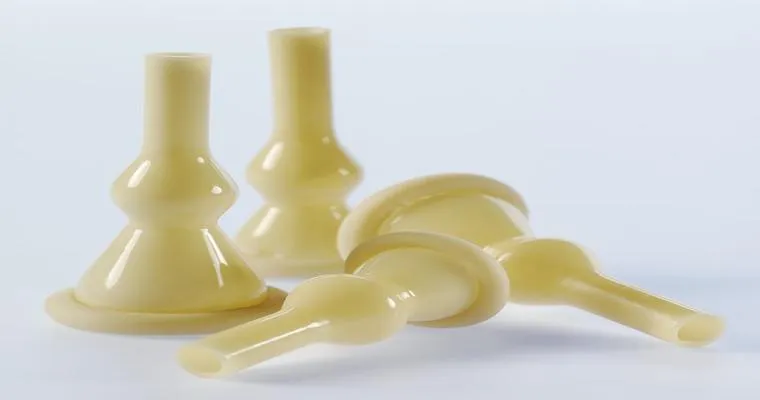"Compulsive skin picking", also known as dermatillomania, is a behavioral condition that can affect individuals of all ages, including the "elderly". This disorder often manifests as an irresistible urge to pick at one's skin, leading to noticeable damage and distress. Understanding the causes, symptoms, and treatment options for compulsive skin picking in the elderly is essential for improving their quality of life and overall well-being.
As people age, they may face a variety of physical and emotional challenges that can contribute to the development of compulsive skin picking. Factors such as "stress", "anxiety", and "depression" can be more prevalent in older adults, triggering or exacerbating this compulsive behavior. Furthermore, the elderly may experience skin conditions, such as "eczema" or "psoriasis", which can lead to increased picking as they attempt to alleviate itching or discomfort.
Recognizing the signs of compulsive skin picking is crucial for early intervention. Symptoms may include frequent picking at the skin, creating sores or scars, and a preoccupation with skin appearance. Older adults may also withdraw from social activities due to embarrassment or shame related to their skin condition, which can further impact their mental health.
It is important to approach treatment for compulsive skin picking in the elderly with sensitivity and understanding. Therapy options such as "cognitive-behavioral therapy (CBT)" have shown promise in helping individuals manage their urges and develop healthier coping mechanisms. In some cases, medication may also be considered to address underlying issues such as anxiety or depression.
Family members and caregivers play a critical role in supporting elderly individuals struggling with compulsive skin picking. Encouraging open conversations about their feelings and experiences can help reduce feelings of isolation. Creating a skin care routine that emphasizes gentle cleansing and moisturizing can also be beneficial in minimizing the urge to pick.
In conclusion, compulsive skin picking is a serious issue that can significantly affect the elderly population. By understanding its causes and seeking appropriate treatment, we can help older adults regain control over their behaviors and improve their overall quality of life. If you or someone you know is struggling with this condition, it is important to seek professional help to explore effective strategies and support systems.





